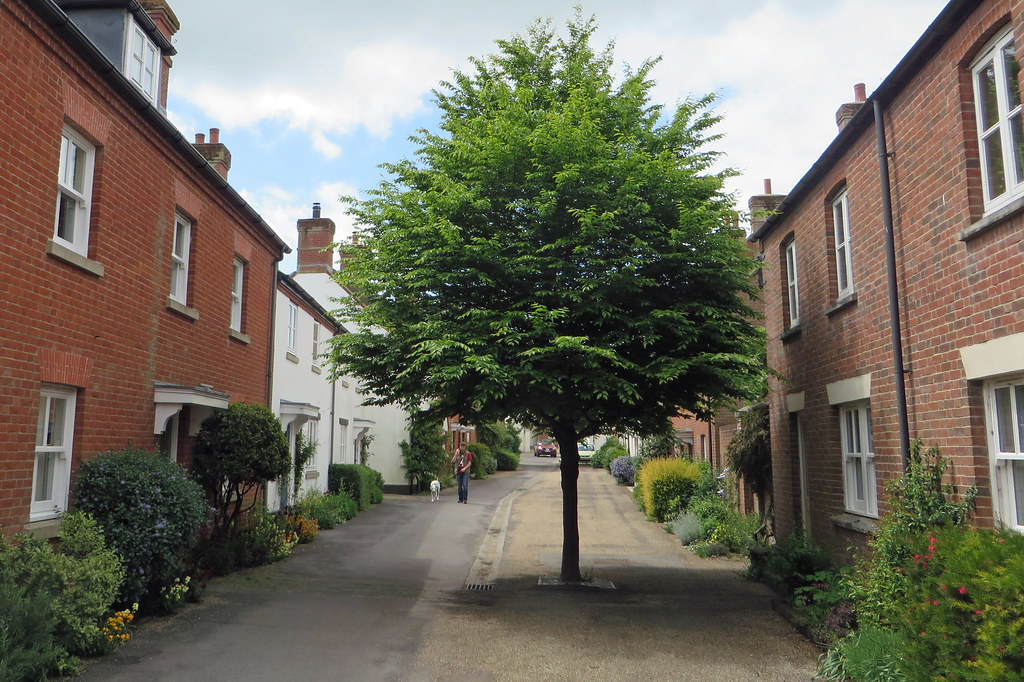Physical Address
304 North Cardinal St.
Dorchester Center, MA 02124
Physical Address
304 North Cardinal St.
Dorchester Center, MA 02124

A few weeks ago the Times reported that Lloyds Banking Group had purchased 45 new homes to let in Peterborough. This is part of a plan for Lloyds to own 50,000 homes by 2031. Given the median home in the City is now worth over 7 times the annual earnings of the typical resident, it is understandable why people would be upset.
Indeed, why should a huge corporation be able to buy up all the properties in the City, when its own residents can’t afford to buy a new home there? However, this outrage is misdirected. Lloyds buying a few thousand homes over a decade will do nothing compared to the astronomical effect that NIMBYism and our planning system has had on house prices.
The reason for this lies in a piece of legislation called the Town and Country Planning Act. This law abolished the automatic right to develop regulatory compliant housing, and added an additional stage of planning permission. As a result, it became mandatory for one to require state permission to build on one’s own land.
Over the years this system has morphed into an almost quasi-right to block others’ construction giving residents the ability to stop others from moving into their area. This chiefly benefits homeowners – the people who engage the most in the planning system – since new houses will slow down the speed their own home’s value increases. The effect is that almost no houses get built. For example, in London during the 2010s we built around 25,000 houses per year; in the 1930s before the Planning Act was introduced that number was 61,500.
Sadly housing just behaves like any other scarce asset. When there’s a shortage the sellers have more bargaining power and consumers are forced to pay more to buy the goods. Given we’ve been maintaining a shortage since the Second World War, then it’s no surprise that average prices in London have risen from below £100,000 now to over £500,000 when adjusted for inflation since 1970. To put that in perspective, if the price of chicken behaved in the same way, then by 2013 a chicken would cost £51.81.
If we’re ever to get out of this system, then we’re going to need to find solutions that protect democratic interests without solely empowering NIMBYs. One solution that seems to have almost universal admiration is street voting. This would allow each street – defined as an area of about 15 homes – to vote on a design code that they approve of. Any plans meeting this code will be automatically approved.
The historian Robert Conquest once wrote that people are most conservative about what they know best, and that is the beauty of this policy. By empowering hyperlocal communities to determine what they want, certainty will be provided for developers allowing them the houses they need in a way that residents want.
A Policy Exchange paper published earlier this year gave an excellent example of how this could work. Imagine a cul-de-sac of 26 bungalows decided to vote on, and implement a design plan to maximise the value of their collective property. In this small area alone they could dig Georgian-style basements, build three stories, plus extend onto the driveways. This is an extreme example with building costs in excess of £57 Million. However, the residents would still make £44 Million in profit after all costs are factored in.
This could become a reality. With the Government poised to drop their zoning based planning system, there is an opportunity for street voting to return to the table. This is particularly important given the Presentation Bill that is being raised today by a group of MPs led by John Penrose and Bob Blackman. This largely mirrors street voting as it would allow the Housing Secretary to enact secondary legislation allowing street to vote on their own housing design and density rules. If the Government support this, then we may finally see more homes built and a return to sensible prices for homes.
There are zero reasons why Lloyds buying a few thousand homes should have a substantial impact on our housing crisis, but in a shortage, it will worsen the crisis in many areas. However, the logical response isn’t to criticise the banks. They’re only doing the same as thousands of other landlords up and down the country. Instead, we should just take away the incentive for this to be done by allowing people to build more homes on their own property. Street voting is our best chance of doing that.